Today is National Learn About Composting Day. I actually didn’t know about composting until about 10 years ago, and even then I didn’t think much about it. I did, however, always live by the mantra that “Every day is Earth Day.” Before moving to our farm, I collected our scraps and coffee grounds in this little bucket under my kitchen sink and oftentimes forgot about it altogether. When the farm became a reality for us, I researched, planned, and even drew (I can’t draw) what I wanted my compost pile to look like. I bought this handy composter and really started composting from there. After 2 years of compost trial and error, here is what I learned.
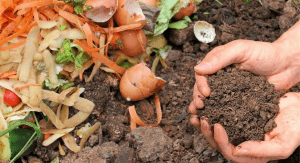
What You Need to Get Started
First off, I’m a reader and I like to get my kids involved with books too. When I first started researching how to get started I purchased these:
Compost Stew: An A to Z Recipe for the Earth by Mary McKenna Siddals
Next, make sure to have a bucket or bag (Ziplocs work!) to collect scraps.
Lastly, using a tumbling composter is not necessary but it does help keep the “mess” contained and is great for a small space and beginners. I will warn that here in sunny South Florida, it is better for compost to “breathe.” When you’re first getting started with a tumbler it may get stinky and attract lots of flies. Make sure to keep the tumbler (or any compost) in a shaded area.
Another option is just designating an area in your yard or garden space to create a compost pile–it is literally just that, a pile. Every once in a while (once a month) feel free to give it a good mix with a shovel to break apart any clumps and just combine it all together.
What to Compost
What is great about composting is that almost anything goes. You should have a nice balance between “greens” and “browns.” Greens” are the nitrogen-rich additions to your compost pile and “browns” are the carbon-rich materials that add aeration and structure to your compost. Here is a list of what can go into your compost bin or pile:
- Shredded paper and cardboard, newspaper, and used paper towels
- Straw, leaves, grass clippings, and branches
- Sod, dirt, and even weeds
- Fruit and vegetable peels, stems, and stalks
- Teabags, coffee grounds, and filters
- Leftover cooked rice and pasta
- Stale bread
- Eggshells
What Not to Compost
- Meat, fish, eggs–cooked or uncooked
- Dairy products
- Grease, oils, fats or lards
How to Compost
- It’s best to start with a bin in your kitchen to collect all of your scraps on a daily basis.
- Once or twice a week take the bin out to your designated compost area and dump it out. Add any leaves, twigs, scrap paper, etc. that you have around waiting to be thrown out anyway.
- Let it sit and decompose!
- Get your kids involved–trust me, they’ll have fun collecting, tossing in, and mixing.
Resources
Gardeners.com – All About Composting
NPR.org – How to Compost at Home
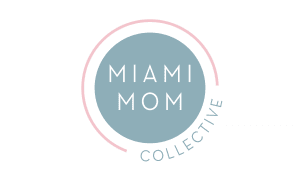


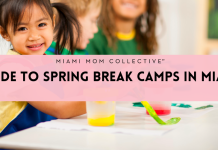
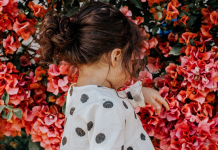
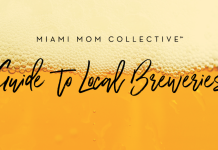



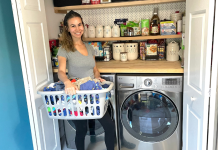
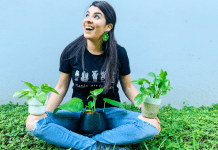






I love this post so much!! I’ve always wanted to compost for my garden but I’m too scared and this is exactly all the info I wanted to know!! Thank you Kristina!
Comments are closed.